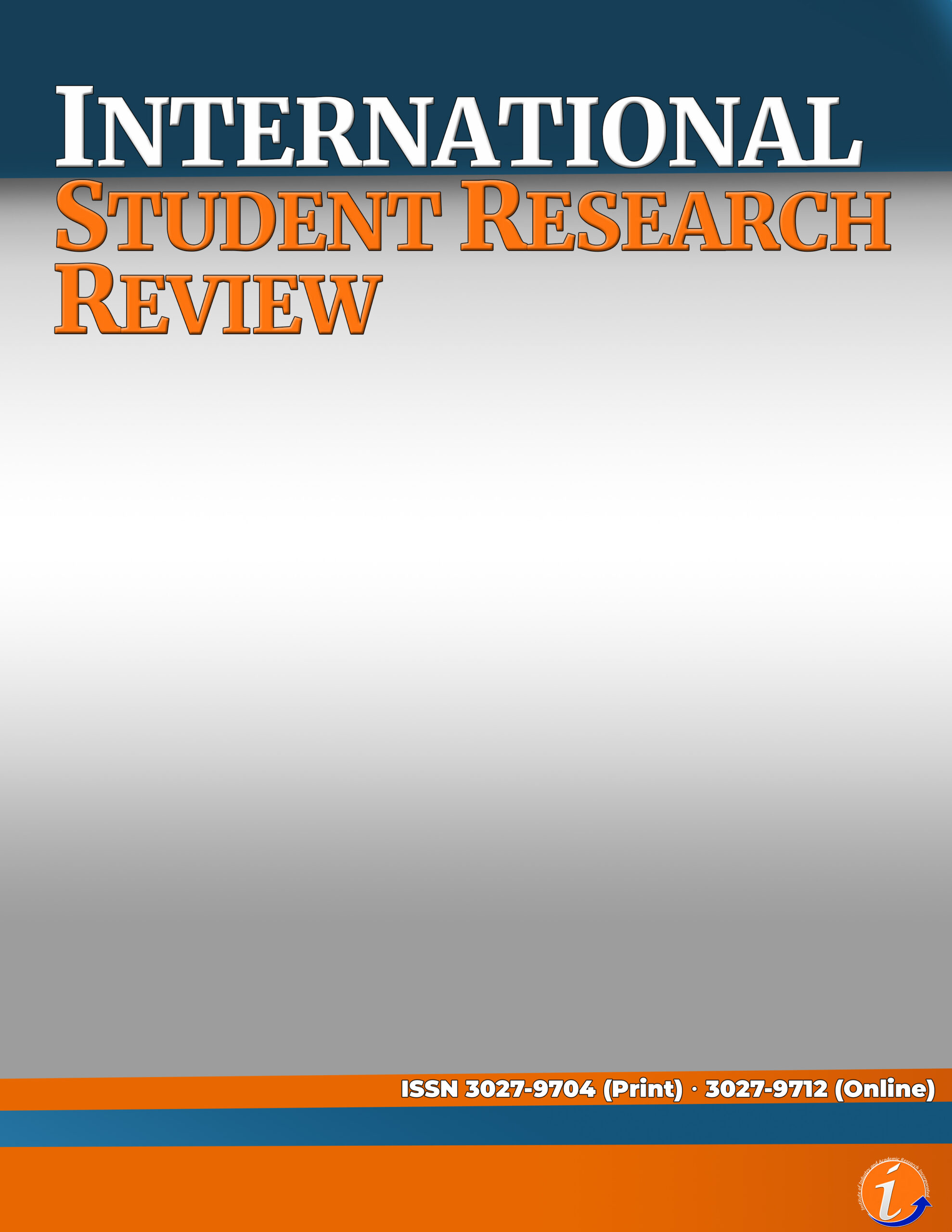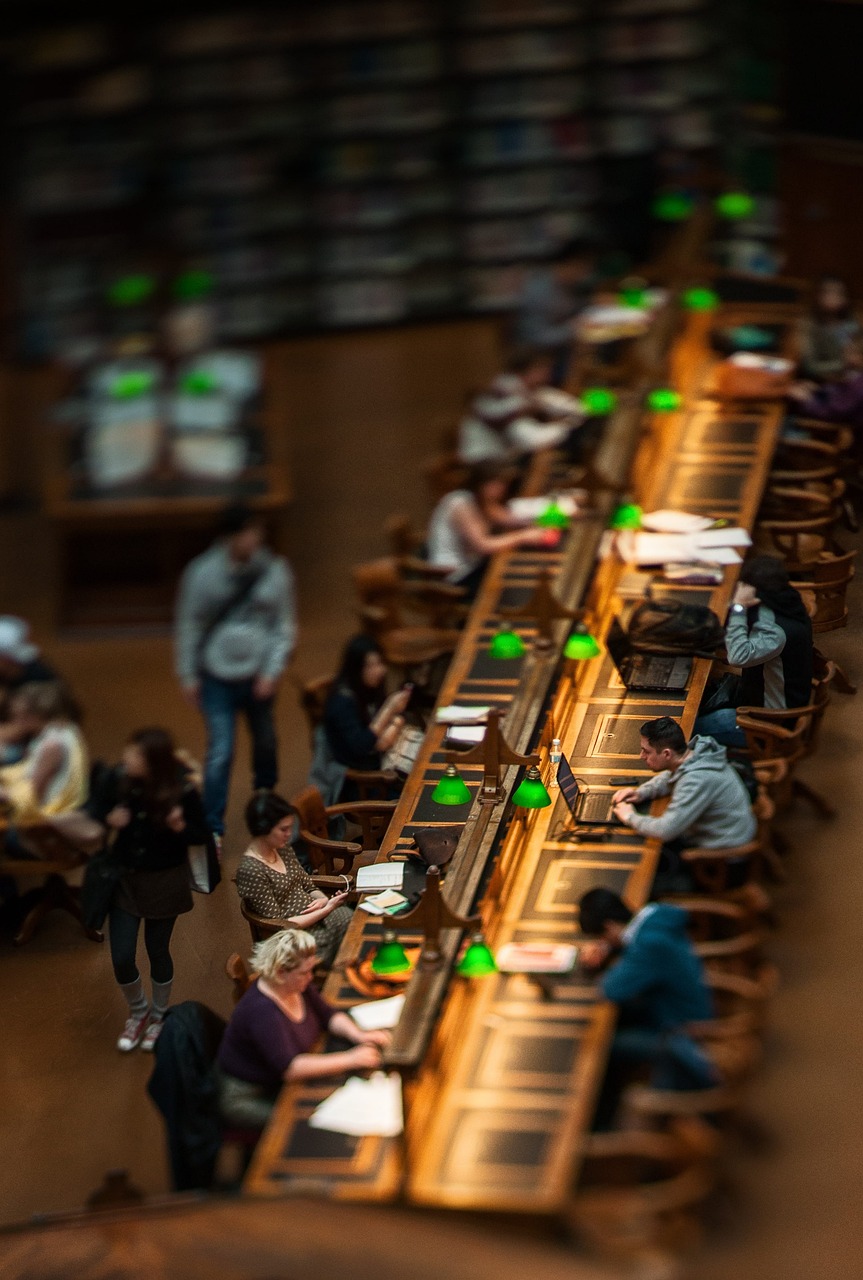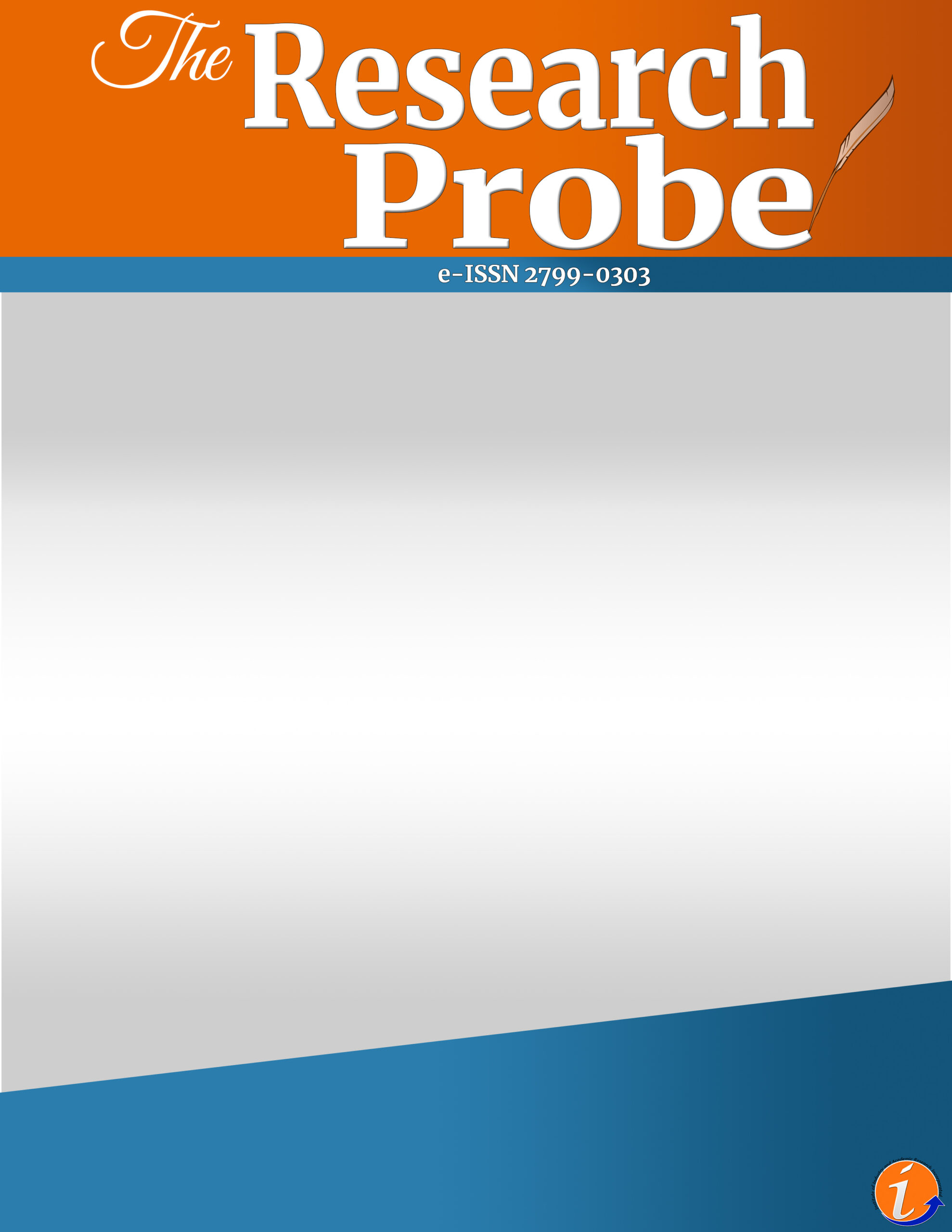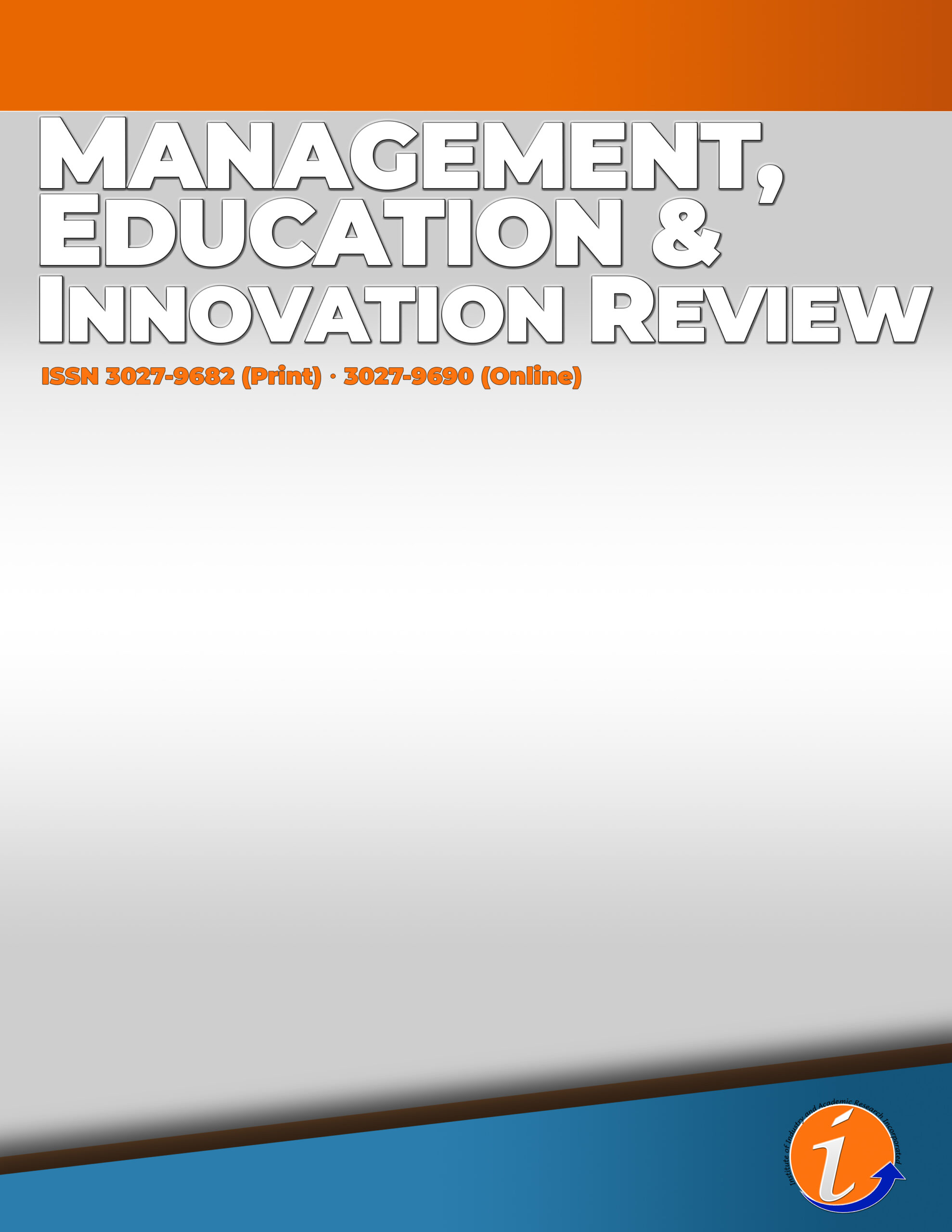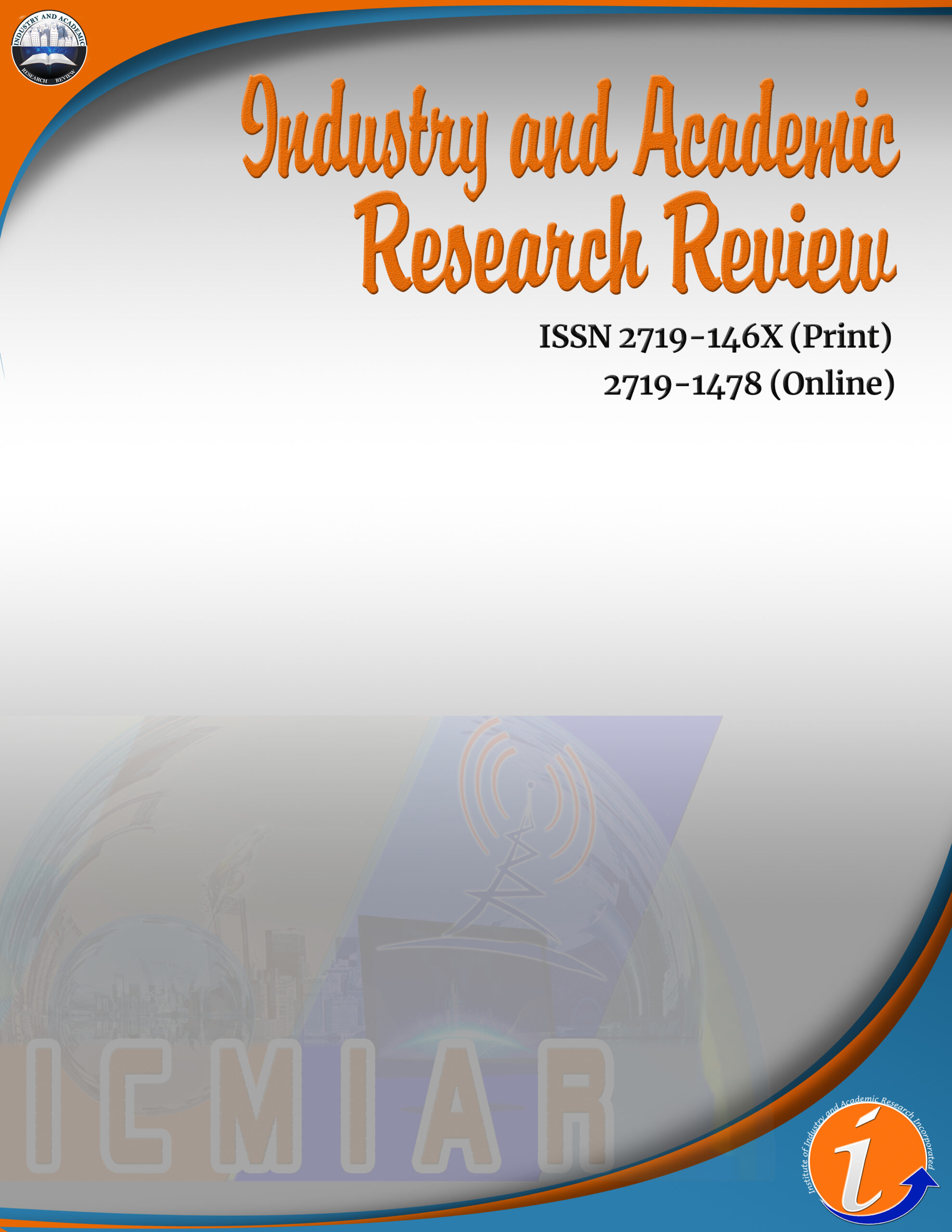This study focuses on improving Convolutional Neural Networks (CNNs) to automate document verification system by utilizing CNN’s memory and computational complexity with adapting its structures to the specific characteristics of image data. Moreover, pooling is a crucial process for reducing the dimensionality of extracted features, a known key component of CNN Architecture. Thus, choosing the most appropriate pooling method is crucial across numerous computer vision architectures. Conventional pooling techniques like max pooling and average pooling have been extensively utilized for dimensionality reduction. However, both technique presents its own set of limitations such as loss of important details that are essential for tasks demanding high precision, while also diminishing the significance of key features by distributing attention across all values. This study presents the alternative pooling method of GlobalMaxPooling, aimed at capturing the most significant patterns and emphasizing critical patterns pertinent to document verification tasks. Using a dataset of 750 application forms, our results demonstrated an increase of significant improvement in detection accuracy, with the enhanced model achieving an accuracy of 77.2% compared to the existing model’s initial 20% accuracy. Furthermore, these findings emphasize the importance of effective pooling methods thereby strengthening the model’s capability for document verification, paving the way broader applications in automated systems requiring high precision and scalability.
automation, document verification, convolutional neural networks (CNN), pooling method
Fabien Georgette M. Lapuz. Corresponding author. Pamantasan ng Lungsod ng Maynila. College of Information Systems and Technology. 4th Year BSCS Student. fabiengeorgettelapuz@gmail.com
Michael D. Carlos. Pamantasan ng Lungsod ng Maynila. College of Information Systems and Technology. 4th Year BSCS Student.
Khatalyn E. Mata. Pamantasan ng Lungsod ng Maynila. College of Information Systems and Technology. Acting Dean.
Mark Anthony S. Mercado. Pamantasan ng Lungsod ng Maynila. College of Information Systems and Technology. Faculty.
"Author 1 and Author 2 were responsible for the conceptualization, implementation, and development of the study. They collaboratively conducted the research and integrated feedback from Author 3 and Author 4 through the study. Author 3 provided guidance in the statement of the problem and ensuring the most suited aspects of the algorithm aligns with the study. Author 3’s insight helped with aligning the technical aspects with the research objectives. Author4 evaluated the alignment of the SOP, methodology, and results with the documentation by ensuring the academic rigor and coherence of the research output through continuous feedback and quality assurance."
No potential conflict of interest was reported by the author(s).
This work was not supported by any funding.
The authors declare the use of Artificial Intelligence (AI) in writing this paper. In particular, the authors used Quilbot and Chatgpt for correcting the grammar and the analysis of literatures. The authors take full responsibility in ensuring that research idea, analysis and interpretations are original work.
This paper is presented in the 2nd International Student Research Congress (ISRC) 2025
The researchers would like to thank the 2nd International Student Research Congress for the opportunity of showcasing their study in the field of enhancing Convolutional Neural Network.
The researchers would also like to thank their colleagues for their support, which motivated them to persevere in their tasks, as well as for their moral and financial assistance.
They would also like to thank their families and loved ones, for their love and motivation that make the researchers carry on doing their tasks, and for their moral and financial provision.
And above all, to ALMIGHTY GOD, for His never-ending grace and guidance throughout this whole study.
Ahmed, W., & Karim, A. (2020). The impact of filter size and number of filters on classification accuracy in CNN. 2020 International Conference on Computer Science and Software Engineering (CSASE). https://doi.org/10.1109/csase48920.2020.9142089
Aldwairi, M., Badra, M., & Borghol, R. (2023). DocCert: Nostrification, document verification and authenticity blockchain solution. 2023 Fifth International Conference on Blockchain Computing and Applications (BCCA). https://doi.org/10.1109/bcca58897.2023.10338908
Alzubaidi, L., Zhang, J., Humaidi, A. J., Al-Dujaili, A., Duan, Y., Al-Shamma, O., Santamaría, J., Fadhel, M. A., Al-Amidie, M., & Farhan, L. (2021). Review of Deep Learning: Concepts, CNN Architectures, challenges, applications, Future Directions. Journal of Big Data, 8(1). https://doi.org/10.1186/s40537-021-00444-8
Dishar, H. K., & Muhammed, L. A. (2023). A review of the overfitting problem in convolution neural network and remedy approaches. Journal of Al-Qadisiyah for Computer Science and Mathematics, 15(2). https://doi.org/10.29304/jqcm.2023.15.2.1240
Gholamalinejad, H., & Khosravi, H. (2020, December). (PDF) pooling methods in Deep Neural Networks, a review. arXiv. https://doi.org/10.48550/arXiv.2009.07485
Gurucharan, M. (2022). Basic CNN architecture: Explaining 5 layers of Convolutional Neural Network. upGrad blog. https://www.upgrad.com/blog/basic-cnn-architecture/
Halim, A., Chow, C., Amabel, M., Achmad, S., & Sutoyo, R. (2023). The impact of hyperparameter tuning in convolutional neural network on Image Classification Model: A Case Study of Plant Disease Detection. 2023 5th International Conference on Cybernetics and Intelligent System (ICORIS). https://doi.org/10.1109/icoris60118.2023.10352209
Hirano, T., Motohashi, T., Okumura, K., Takajo, K., Kuroki, T., Ichikawa, D., Matsuoka, Y., Ochi, E., & Ueno, T. (2020). Data validation and verification using blockchain in a clinical trial for breast cancer: Regulatory sandbox. Journal of Medical Internet Research, 22(6). https://doi.org/10.2196/18938
Koshiry, A.E., Eliwa, E., El-Hafeez, T. & Shams, M.Y. (2023). Unlocking the power of blockchain in education: An overview of innovations and outcomes. Blockchain: Research and Applications, 4(4), 100165. https://doi.org/10.1016/j.bcra.2023.100165
Khanday, O. M., & Dadvandipour, S. (2020). Convolutional neural networks and impact of filter sizes on image classification. Multidiszciplináris Tudományok, 10(1), 55–60. https://doi.org/10.35925/j.multi.2020.1.7
Kumutha, K., Jayalakshmi, S., & SriPriya, P. (2022). Data security mechanism of hyperledger fabric and its application in academic documents verification system. International Journal of Health Sciences, 4394–4403. https://doi.org/10.53730/ijhs.v6ns3.6821
Pavlyshenko, B., & Stasiuk, M. (2024). Data augmentation in text classification with multiple categories. Electronics and Information Technologies, 25(25). https://doi.org/10.30970/eli.25.6
Purwono, P., Ma’arif, A., Rahmaniar, W., Fathurrahman, H. I., Frisky, A. Z., & Haq, Q. M. (2023). Understanding of convolutional neural network (CNN): A Review. International Journal of Robotics and Control Systems, 2(4), 739–748. https://doi.org/10.31763/ijrcs.v2i4.888
Rajapakshe, M., Adnan, M., Dissanayaka, A., Guneratne, D. & Abeywardena, K. (2020). Multi-Format document verification system. American Scientific Research Journal for Engineering, Technology, and Sciences, 74(02), 48-60.
Rizky, A. F., Yudistira, N., & Santoso, E. (2023). Text recognition on images using pretrained CNN. arXiv. https://doi.org/10.48550/arXiv.2302.05105
Shende, A., Mullapudi, M. & Challa, N. (2024). Enhancing document verification systems: A review of techniques, challenges, and practical implementations. International Journal of Computer Engineering and Technology, 15(1), 16-25. https://doi.org/10.17605/OSF.IO/HVQ8E
Sun, X., Li, Y., Kang, H., & Shen, Y. (2019). Automatic document classification using Convolutional Neural Network. Journal of Physics: Conference Series, 1176, 032029. https://doi.org/10.1088/1742-6596/1176/3/032029
Upreti, A. (2022). Convolutional Neural Network (CNN). A Comprehensive Overview. https://doi.org/10.20944/preprints202208.0313.v3
Xia, Z. (2024). Overfitting of CNN model in CIFAR-10: Problem and solutions. Applied and Computational Engineering, 37(1), 212–221. https://doi.org/10.54254/2755-2721/37/20230511
Xiao, M., Wu, Y., Zuo, G., Fan, S., Yu, H., Shaikh, Z. A., & Wen, Z. (2021). Addressing
overfitting problem in deep Learning‐Based solutions for next generation Data‐Driven networks. Wireless Communications and Mobile Computing, 2021(1). https://doi.org/10.1155/2021/8493795
Yamashita, R., Nishio, M., Do, R. K. G., & Togashi, K. (2018). Convolutional Neural Networks: An overview and application in radiology. Insights Imaging, 9, 611–629. https://doi.org/10.1007/s13244-018-0639-9
Ying, X. (2019). An overview of overfitting and its solutions. Journal of Physics: Conference Series, 1168, 022022. https://doi.org/10.1088/1742-6596/1168/2/022022
Zhao, L., & Zhang, Z. (2024). An improved pooling method for Convolutional Neural Networks. Scientific Reports, 14(1).
Zhao, X., Wang, L., & Zhang, Y. (2024). A review of convolutional neural networks in computer vision. Artif Intell Rev 57, 99. https://doi.org/10.1007/s10462-024-10721-6
Zhen, L., & Bărbulescu, A. (2024). Comparative analysis of convolutional neural network-long short-term memory, sparrow search algorithm-backpropagation neural network, and particle swarm optimization-extreme learning machine models for the water discharge of the Buzău River, Romania. Water, 16(2), 289. https://doi.org/10.3390/w16020289
Cite this article:
Lapuz, F.G.M., Carlos, M.D., Mata, K.E. & Mercado, M.A.S (2025). Enhancement of convolutional neural networks algorithm for application form using GlobalMaxPooling in document verification system. International Student Research Review, 2(1), 108-123. https://doi.org/10.53378/isrr.166
License:
![]()
This work is licensed under a Creative Commons Attribution (CC BY 4.0) International License.




